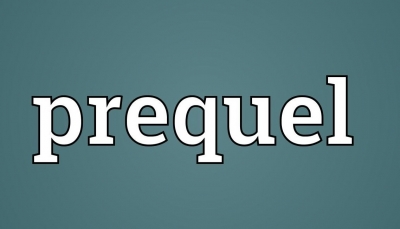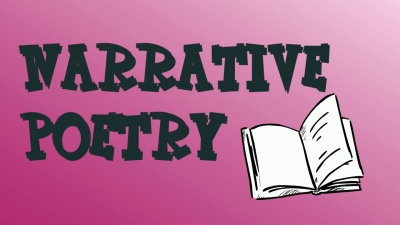What is the JCB Literature Prize?

Literary awards seek to bestow honour and recognition on outstanding pieces of literature. Over the years, Booker and Nobel have emerged as prestigious prizes internationally.
India too has its own brand of literary awards, which have gained international fame and recognition such as the Jnanpith, Sahitya Akademi, and the JCB Prize for Literature. Earlier this month, the long list of the 2021 JCB Prize for Literature was announced. The 10 novels on the long list were selected by a jury comprising author and literary translator Sara Rai, designer and art historian Annapuma Garimella, author and translator Shahnaz Habib, writer podcaster Amit Varma and journalist-editor Prem Panicker.
What is the JCB Prize?
India's richest literary prize, it was established in 2018 by the JCB Literature Foundation, which is run by the global manufacturer of earthmoving and construction equipment. The winner of the coveted award will receive Rs 25 lakh, and if it happens to be a translated work, the translator will get 10 lakh. The shortlisted authors also get Rs 1 lakh each and translators Rs 50,000.
Beginner's luck
This year’s long list consists majorly of debutant works such as "What We Know About Her by Krupa Ge and "Anti-Clock" by VI James. Malayalam writer S Hareesh had won the prize in 2020 for the translation of his novel "Moustache". In 2019, author Madhuri Vijay won for her debut novel The Far Field", while in 2018 the award went to Benyamin for his "Jasmine Days", a novel translated from Malayalam to English.
What's next?
The shortlist of the JCB Prize will be announced on October 4, while the winner will be declared on November 13.
THIS YEAR'S LONGLIST
- What We Know About Her by Krupa Ge
- "Anti-Clock" by VJ James (English translation by Ministry S)
- "Name Place Animal Thing" by Daribha Lyndem
- "A Death in Sonagachhi" by Rijula Das
- The Plague Upon Us" by Shabir Ahmed Mir
- "Gods and Ends" by Lindsay Pereira
- The Dharma Forest" by Keerthik Sasidharan
- "Asoca" by Invin Allan Sealy
- "A Soliloquy" by M Mukunda translated from Malayalam by Fathima EV and Nandakumar K)
- “The Man Who Learnt to Fly but Could Not Land" by Thachom Poyil Rajeevan (translated from Malayalam by PJ Mathew).
Picture Credit : Google




